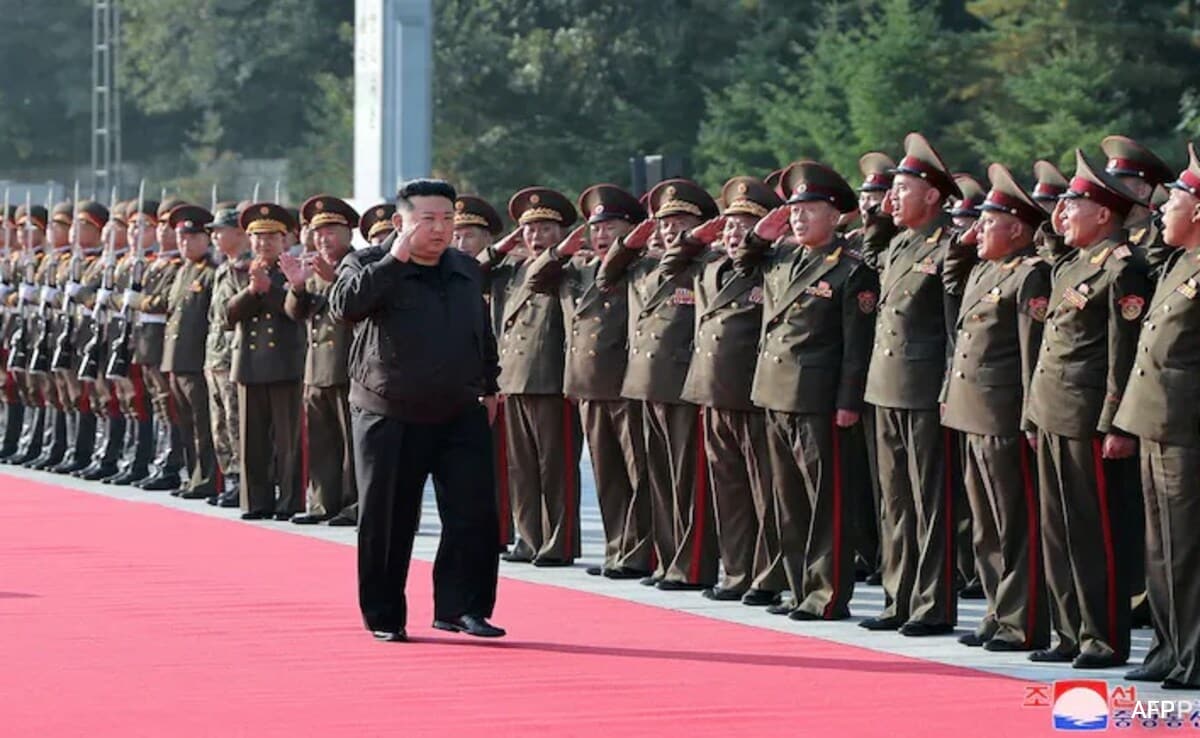Andhra Pradesh, where elections are underway to elect a government simultaneously at the Centre and the State, offers an exciting opportunity to political analysts.
One way to analyse the elections is by considering how much recall the policies of the incumbent government, led by Chief Minister Y.S. Jagan Mohan Reddy’s YSR Congress party, will get among voters as they cast their vote on May 13 on two separate ballots. The ultimate result could either extend the faith in the party for five more years or entrust the reins to another player, while also handing down a similar verdict for the Lok Sabha polls.
Read | “Jaganmohan Reddy Is A Habitual Liar,” Alleges Chandrababu Naidu
The second possibility could be that when the votes are counted on June 4, results will showcase the electorate’s innate ability to make a discerning choice. They may elect one party to rule the state, and another to handle the national affairs. A number of instances can be cited to validate both theories.
Historical Trend
At present, pitched against Chief Minister Jagan Reddy and his YSR Congress party is the formidable Telugu Desam Party (TDP)-Jana Sena (JS)-Bharatiya Janata Party (BJP) combine on one side, and the Congress on the other. The latter’s presence is bolstered by Y.S. Sharmila, the estranged sister of the Chief Minister.
Andhra Pradesh’s political landscape underwent a major transformation four decades ago. The TDP, a regional outfit founded by Nandamuri Taraka Rama Rao, established itself as one of the main players in the state. For years following that, Andhra voters largely backed the same party in the assembly and Parliament elections.
Read | Jagan Mohan Reddy Is Not YS Rajasekhar Reddy’s Successor, Says Sister YS Sharmila
This trend carried on through the last decade when another regional player, the YSR Congress, entered the scene. Before Andhra Pradesh’s bifurcation in 2014, the state used to vote as one for 42 Lok Sabha seats. The TDP won 16 Lok Sabha seats in the undivided state in 2014, while the YSR Congress bagged nine. The assembly elections were also in favour of the TDP, led by Nara Chandrababu Naidu. In the next elections in 2019, the YSR Congress bagged 151 of the 175 assembly seats and 22 out of the total 25 Lok Sabha seats.
Jagan Mohan Reddy’s Challenges
Can the verdict be different now? As in every election, various factors are at play. Reddy is confident that people will vote him back into office due to the popularity of his government’s welfare schemes. But the burden of incumbency, the charge of being inaccessible, and the cases pending against him can pose challenges. He is also facing heat from sister Sharmila, who now heads the state Congress unit.
Under these conditions, a possible vote split driven by those who are loyal to the Congress, and thus, by extension, to former Chief Minister and Sharmila’s father Y.S. Rajasekhara Reddy, may end up helping the TDP-led alliance consolidate its position.
The TDP, which is backed by the dominant Kamma community, now also has the support of the influential Kapus, with actor-politician Pawan Kalyan of the JS positioning himself as a representative of this group. The actor is the brother of former Congress Union Minister and erstwhile superstar Chiranjeevi.
A Do-Or-Die Battle For Naidu
Naidu, who turned 74 this April, is aware that the assembly election this year is a matter of political survival; it’s more crucial than ever to re-establish the TDP’s dominance and move forward on the succession plan with son Nara Lokesh. Having earned the reputation of an able administrator, Naidu is past his prime. The people of Andhra Pradesh voted for him in 2014 hoping the person who developed the state and developed ‘Cyberabad’ as an enviable IT capital would be the right person to rebuild the residual state. But that didn’t quite happen.
Read | Chandrababu Naidu’s Assets Grew At 41% To ₹ 810 Crore In 5 Years
Neither could Naidu see through his grand plan to build a new capital that would be like “Singapore”. He could also not retain clout with the new Bharatiya Janata Party (BJP) at the Centre led by Prime Minister Narendra Modi. For a politician who from 1996 to 2004 was one of the most influential regional leaders with tremendous clout in Delhi, Naidu is now a pale shadow of his former self. The frustration shows. He moved away from the National Democratic Alliance (NDA), shook hands with the Congress and others, and then worked overtime to seek readmission within the NDA again.
The Congress, meanwhile, has little to lose. The bifurcation of the state during UPA II and the internal power struggle after the death of Rajasekhara Reddy had already reduced the grand old party to a mere footnote in Andhra Pradesh. Handing over the charge of the state unit to Sharmila to revive its prospects is a long shot.
(K.V. Prasad is a senior Delhi-based journalist)
Disclaimer: These are the personal opinions of the author














